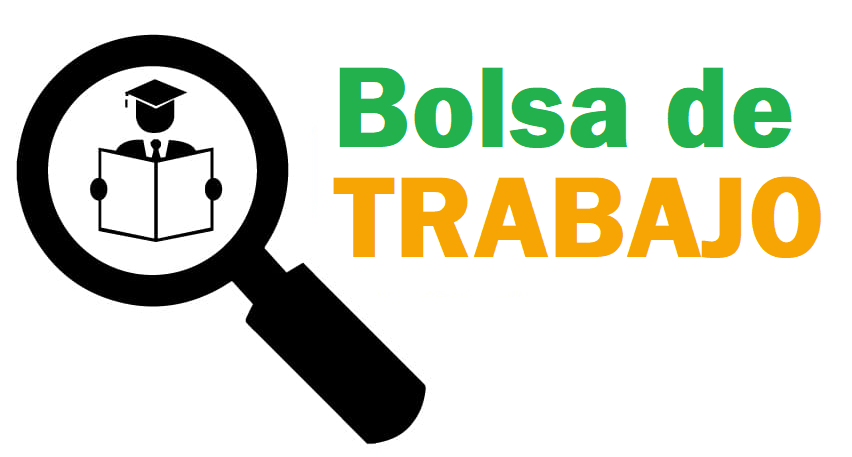1. Introduction: The Power of Symbols in Design and Culture
Symbols have been an integral part of human civilization, serving as visual representations that transcend language barriers. From the hieroglyphs of ancient Egypt to modern logos, symbols condense complex ideas into simple, recognizable forms. They act as cultural fingerprints, carrying historical significance and emotional resonance. In contemporary design, symbols are not merely decorative; they are strategic tools that communicate messages swiftly and effectively, shaping perceptions and guiding user interactions.
Contents
- The Evolution of Ancient Symbols: From Rituals to Modern Aesthetics
- Decoding Hidden Clues: The Role of Symbols in Enhancing Pattern Recognition
- Integrating Ancient Symbols into Modern Design: Techniques and Principles
- Case Study: Mummy’s Jewels – Ancient Symbols in a Modern Context
- The Educational Value of Symbolic Design in Modern Products
- Non-Obvious Layers: Psychological and Cultural Impacts of Symbols in Design
- Practical Guidelines for Designers: Incorporating Ancient Symbols Effectively
- Future Trends: The Evolving Role of Ancient Symbols in Digital and Interactive Media
- Conclusion: Unlocking the Power of Ancient Symbols for Modern Creativity
2. The Evolution of Ancient Symbols: From Rituals to Modern Aesthetics
a. Origins of ancient symbols: Cultural and religious roots
Ancient symbols often stem from spiritual and cultural practices. For example, Egyptian hieroglyphs served both as language and as sacred motifs linked to religious rituals. Similarly, the Swastika, originating in Indo-European cultures, was a symbol of auspiciousness and spiritual harmony. These symbols encapsulated beliefs, social status, and cosmological understanding, making them powerful tools for communal identity and spiritual expression.
b. Transformation over time: How symbols adapt to new mediums
As societies evolved, so did their symbols. The advent of printing, digital media, and graphic design transformed how symbols are used. For instance, religious symbols like the cross or crescent moon have been stylized for branding purposes, maintaining their core meanings while adapting to minimalist aesthetics. This transformation ensures symbols remain relevant across various mediums, from ancient carvings to digital icons.
c. Case study: Preservation and reinterpretation in modern design
Modern designers often reinterpret ancient symbols to create new visual languages. An example is the use of Egyptian motifs in luxury branding, where symbols like the Eye of Horus evoke protection and power. This blending of old and new preserves historical significance while appealing to contemporary aesthetics, as seen in branding, fashion, and even gaming interfaces.
3. Decoding Hidden Clues: The Role of Symbols in Enhancing Pattern Recognition
a. The concept of visual clues and their cognitive impact
Visual clues embedded in symbols leverage our brain’s innate pattern recognition ability. Recognizing familiar motifs quickly guides perception, reducing cognitive load. For example, a shield icon immediately conveys security, prompting trust without needing explicit explanation. Ancient symbols tap into this subconscious recognition, enriching user experience.
b. Examples of symbols guiding viewer perception
Consider the use of the ouroboros (a snake eating its tail) in logos, symbolizing eternity. In modern interfaces, icons like the magnifying glass or gear draw on historical motifs to intuitively communicate their functions, demonstrating how symbols act as visual shortcuts.
c. Application in modern interfaces and branding
In digital design, incorporating symbols rooted in history enhances brand recognition. For example, tech companies often use symbols derived from ancient motifs to suggest stability and wisdom, subtly influencing user trust and engagement.
4. Integrating Ancient Symbols into Modern Design: Techniques and Principles
a. Simplification and stylization of complex symbols
To suit contemporary aesthetics, complex ancient symbols are often stylized or simplified. For instance, the intricate Egyptian ankh is rendered as a clean, minimalist icon in app interfaces, preserving its core symbolism of life and vitality while ensuring clarity at small sizes.
b. Color-coding and border techniques to differentiate meanings
Color schemes and borders help distinguish different symbolic meanings. Gold accents may signify wealth, while red borders evoke protection or danger. These visual cues reinforce the intended message, making symbols more intuitive.
c. Balancing authenticity with contemporary aesthetics
Successful integration respects the symbol’s origins while adapting it to current tastes. For example, designers might incorporate traditional motifs into sleek, modern layouts, ensuring the symbol’s message remains clear without appearing outdated.
5. Case Study: Mummy’s Jewels – Ancient Symbols in a Modern Context
a. Overview of the game and its thematic inspiration
«Mummy’s Jewels» exemplifies how ancient symbols can inspire engaging modern entertainment. The game’s theme draws on Egyptian mythology, featuring symbols like scarabs, ankhs, and hieroglyphs, creating an immersive experience grounded in history.
b. How ancient symbols are embedded into game design
Designers embed symbols as core visual elements, ensuring they are recognizable and meaningful. For example, respins mechanics are highlighted with borders inspired by Egyptian amulets, reinforcing the theme and guiding player perception.
c. Use of color-coded borders and mechanics like respins to reinforce symbolism
Color-coded borders denote special features, such as green for bonus symbols or red for warnings, subtly referencing traditional symbolism. These techniques enhance gameplay clarity while paying homage to ancient motifs. For more insights into how symbolic design enhances user engagement, visit prod.
6. The Educational Value of Symbolic Design in Modern Products
a. Enhancing user engagement through meaningful visuals
Symbols enrich user experiences by providing layered meanings. When users recognize symbols rooted in history, they feel a deeper connection, increasing engagement and retention.
b. Educating users about historical symbols via interactive design elements
Interactive designs can include tooltips, quizzes, or animations that reveal the history behind symbols. For instance, clicking on an Egyptian hieroglyph might display its meaning and significance, fostering learning through play.
c. Examples of successful educational design integration
Museum apps or educational games incorporate ancient symbols to teach history engagingly. This approach not only informs but also cultivates appreciation for cultural heritage.
7. Non-Obvious Layers: Psychological and Cultural Impacts of Symbols in Design
a. Subconscious influence of ancient symbols on perception
Research indicates that symbols can subconsciously influence perceptions and emotions. For example, the Eye of Horus is associated with protection, which can evoke feelings of safety even if the viewer is unaware of its origins.
b. Cultural resonance and global appeal of symbolic motifs
Certain symbols, like the lotus or the spiral, have universal appeal due to their widespread recognition and deep cultural meanings. Designers leverage this resonance to create products with broad, cross-cultural relevance.
c. Ethical considerations: Appropriation versus appreciation
While integrating ancient symbols enriches design, it requires sensitivity. Respectful use involves understanding cultural significance and avoiding misrepresentation or commercial exploitation, fostering appreciation rather than appropriation.
8. Practical Guidelines for Designers: Incorporating Ancient Symbols Effectively
a. Researching and selecting culturally appropriate symbols
Thorough research is essential. Consulting cultural experts or academic sources ensures authenticity and respect, preventing cultural insensitivity.
b. Balancing symbolism with usability and aesthetics
Symbols should be clear and legible within the design context. Simplification and stylization help maintain aesthetic appeal without sacrificing meaning.
c. Testing and iterating for clarity and impact
User testing reveals whether symbols communicate effectively. Iterative design ensures that symbolism enhances rather than hinders usability.
9. Future Trends: The Evolving Role of Ancient Symbols in Digital and Interactive Media
a. Augmented reality and immersive experiences with symbols
AR enables users to explore ancient symbols in 3D space, creating immersive educational or entertainment experiences that bridge history and technology.
b. AI-driven customization of symbolic content
Artificial intelligence can personalize symbolic content based on user preferences, cultural background, or learning goals, making symbolic design more inclusive and impactful.
c. Potential for educational and entertainment convergence
The blending of educational content with entertainment—such as games like «Mummy’s Jewels»—illustrates how ancient symbols can serve both fun and learning, fostering cultural literacy in digital spaces.
10. Conclusion: Unlocking the Power of Ancient Symbols for Modern Creativity
«Ancient symbols are timeless tools that, when thoughtfully integrated, can elevate modern design, fostering deeper connections and understanding.» – Design Historian
In summary, ancient symbols are rich repositories of cultural knowledge and visual power. Their strategic use in modern design not only enhances aesthetics but also deepens user engagement and educational value. As technology advances, opportunities to explore and reinterpret these symbols will expand, inviting designers to continue a tradition of meaningful innovation. Respectful research, thoughtful stylization, and awareness of cultural contexts are key to harnessing their full potential in the digital age.


